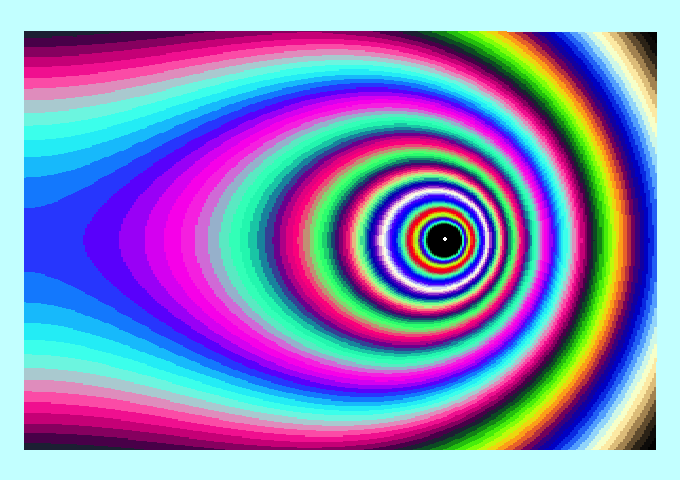Difference between revisions of "Template:LSU CT99CommonTheme1Awhite"
Jump to navigation
Jump to search
(Created page with 'In §102 of a book titled, [https://www.amazon.com/Theory-Potential-W-D-Macmillan/dp/0486604861/ref=sr_1_2?s=books&ie=UTF8&qid=1503444466&sr=1-2&keywords=the+theory+of+the+po…') |
|||
| Line 1: | Line 1: | ||
In §102 of a book titled, [https://www.amazon.com/Theory-Potential-W-D-Macmillan/dp/0486604861/ref=sr_1_2?s=books&ie=UTF8&qid=1503444466&sr=1-2&keywords=the+theory+of+the+potential ''The Theory of the Potential'', MacMillan (1958; originally, 1930)] derives an analytic expression for the gravitational potential of a uniform, infinitesimally thin, circular "hoop" of radius, <math>~a</math>. Throughout our related discussions, we generally will refer to this additional Key Equation from MacMillan as providing an expression for the, | In §102 of a book titled, [https://www.amazon.com/Theory-Potential-W-D-Macmillan/dp/0486604861/ref=sr_1_2?s=books&ie=UTF8&qid=1503444466&sr=1-2&keywords=the+theory+of+the+potential ''The Theory of the Potential'', MacMillan (1958; originally, 1930)] derives an analytic expression for the gravitational potential of a uniform, infinitesimally thin, circular "hoop" of radius, <math>~a</math>. Throughout our related discussions, we generally will refer to this additional Key Equation from MacMillan as providing an expression for the, | ||
<table border="0" cellpadding="5" align="center"> | <table border="0" cellpadding="5" align="center"> | ||
<tr><td align="center" colspan="1"><font color="#770000">'''Gravitational Potential in the Thin Ring (TR) Approximation'''</font></td></tr> | <tr> | ||
<td align="center" colspan="1"><font color="#770000">'''Gravitational Potential in the Thin Ring (TR) Approximation'''</font></td> | |||
<td align="center" colspan="1" rowspan="2">[[File:FlatColorContoursCropped.png|225px|Contours for Thin Ring Approximation]]</td> | |||
</tr> | |||
<tr> | <tr> | ||
<td align="center"> | <td align="center"> | ||
Revision as of 22:57, 10 August 2018
In §102 of a book titled, The Theory of the Potential, MacMillan (1958; originally, 1930) derives an analytic expression for the gravitational potential of a uniform, infinitesimally thin, circular "hoop" of radius, <math>~a</math>. Throughout our related discussions, we generally will refer to this additional Key Equation from MacMillan as providing an expression for the,
See also, §III.4, Exercise (4) in Kellogg (1929). As is reviewed in an accompanying chapter titled, Dyson-Wong Tori, a number of research groups over the years have re-derived this "thin ring" approximation in the context of their search for effective and insightful ways to determine the gravitational potential of axisymmetric systems.
